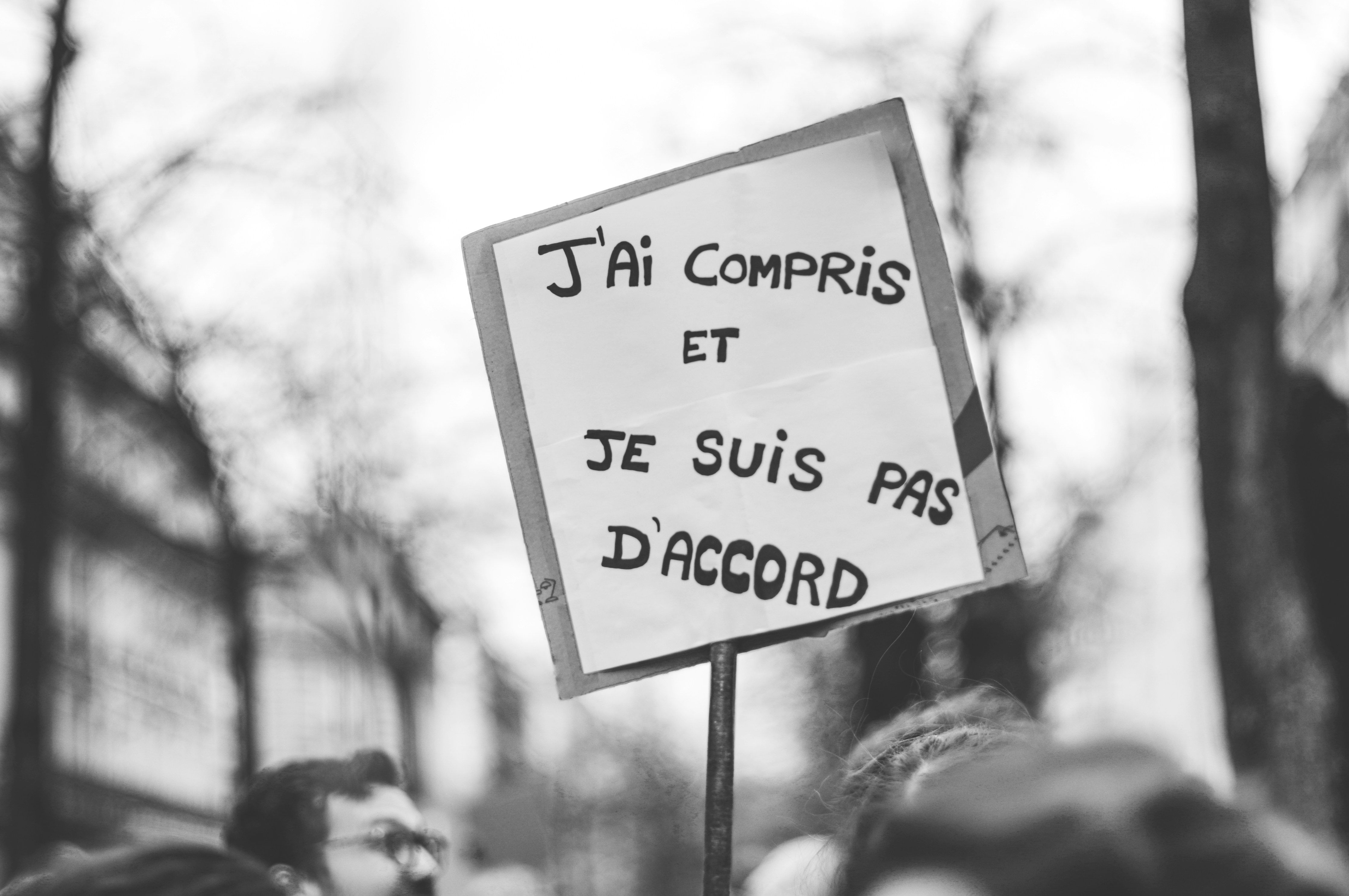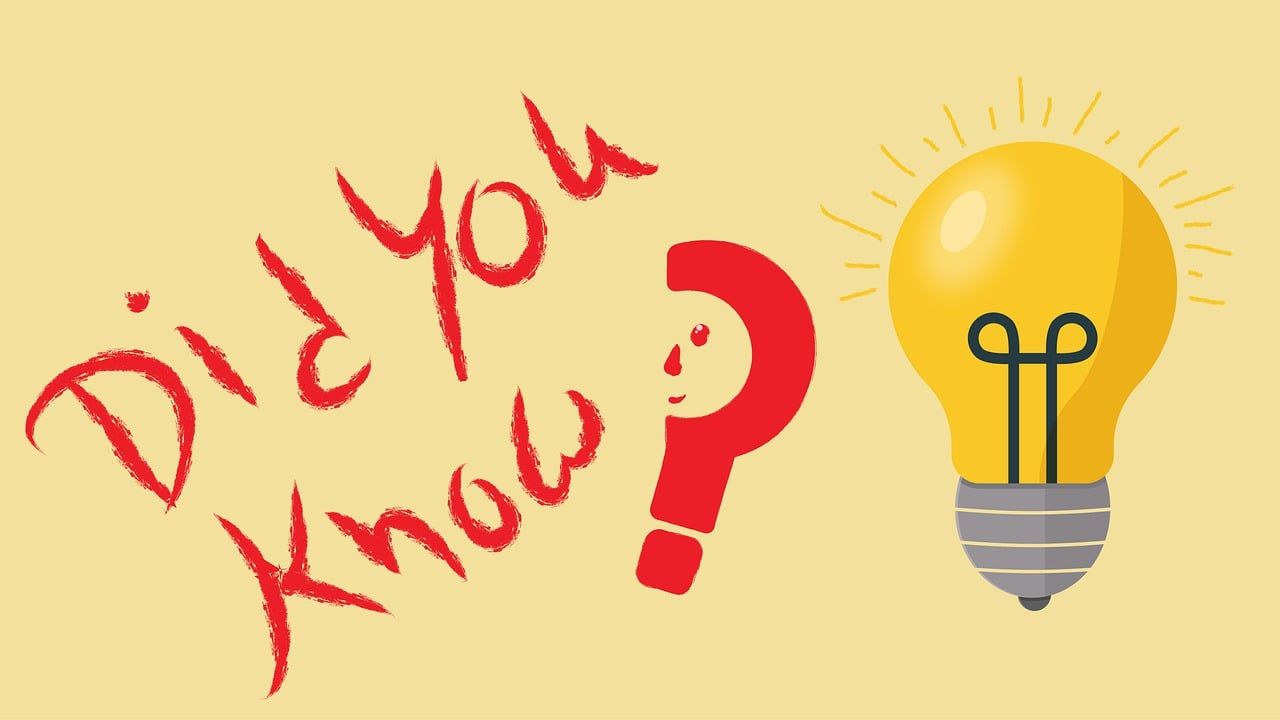Easy and Memorable French Phrases to Master and Use Daily
Mastering the basic French phrases will help you sound more natural and confident while engaging in daily conversations.
29-07-2025Emojis have been incorporated into text communication to our great advantage in expressing emotions and intentions more accurately.
Language and communication have improved and evolved over the years. Among the most fascinating changes is the growing use of emojis; those small, colourful icons that express emotions, objects, actions, and ideas. Emojis have become a global phenomenon, transforming the way people communicate across cultures, languages, and age groups. Some experts now describe emojis as a “new universal language” that transcends borders and linguistic barriers.
The word emoji is derived from Japanese: "e", meaning "picture", and "moji" meaning "character." Emojis were first developed in the late 1990s by Japanese designer Shigetaka Kurita, who wanted to create simple images that could easily convey emotions in text messages. Since then, emojis have gone beyond Japan and are now integrated into almost every digital communication platform: WhatsApp, Instagram, Twitter, Facebook, and even business emails. There are now thousands of emojis representing a wide range of emotions, objects, foods, flags, and symbols.
One of the reasons emojis are considered a universal language is their ability to convey meaning without words. For example:
Text-only messages can sometimes feel cold or confusing. Without tone of voice or body language, it’s easy to misinterpret someone's intention. Emojis help solve this problem by adding emotional context. For example: • "Thanks." → It could seem cold. • "Thanks! 😊" → friendly and warm. In this way, emojis help users add personality and emotion to plain texts.
However, emojis are not perfect. They can still confuse. The same emoji may carry different meanings in different cultures. For example: • The 🙏 emoji means "thank you" in some cultures, but "praying" in others. • The 😂 emoji is seen as laughter in most places, but in some contexts, it could be seen as sarcasm. Also, not everyone has the same emojis displayed on their phones, as different devices (Apple, Android, Samsung) sometimes show emojis in slightly different designs, leading to unintended interpretations.
Despite their popularity, emojis are not replacing language entirely. Instead, they are becoming a complementary tool. Words are still needed for detailed, complex communication. But emojis provide quick emotional cues and visual summaries, making digital conversations richer and more human.
In conclusion, emojis have been incorporated into text communication to our great advantage in expressing emotions and intentions more accurately. As a universal visual language, they help break down language barriers, add emotional depth, and make digital conversations more fun and expressive. While emojis won’t replace spoken or written language, they have secured a permanent place in modern communication. As technology continues to grow, we may see emojis becoming even more creative, diverse, and central to how people connect across the world.
Spread the Knowledge! 🚀
Found this article useful? Click the Share button below and let others benefit too!

Mastering the basic French phrases will help you sound more natural and confident while engaging in daily conversations.
29-07-2025
Do you know that Learning a New Language Delays Dementia?
25-07-2025
To love the art of language is to recognise its beauty, power, and purpose.
20-06-2025